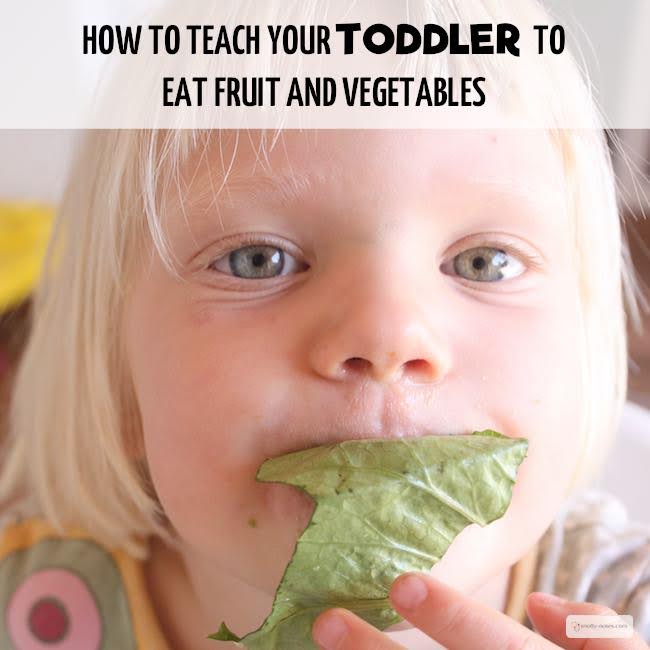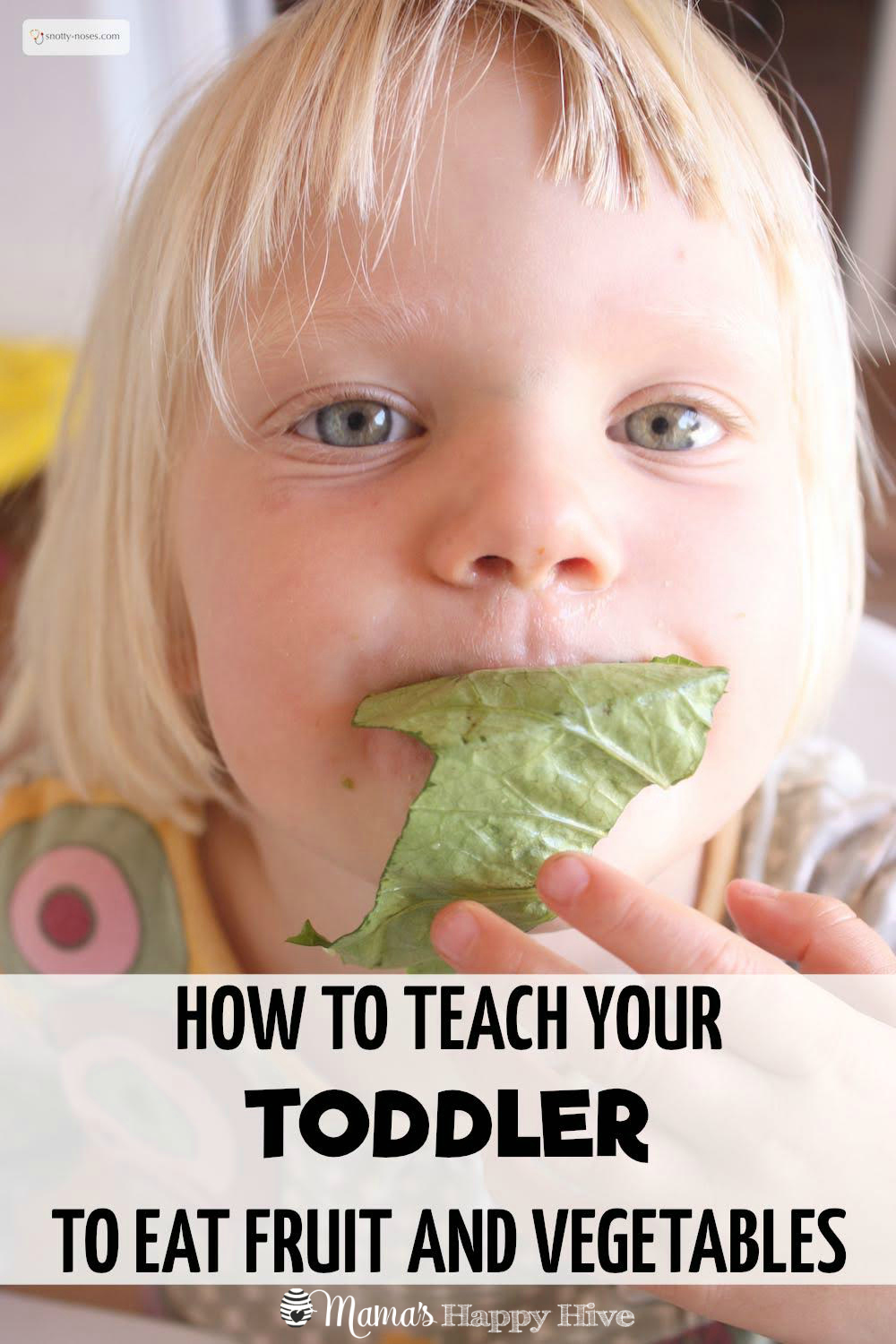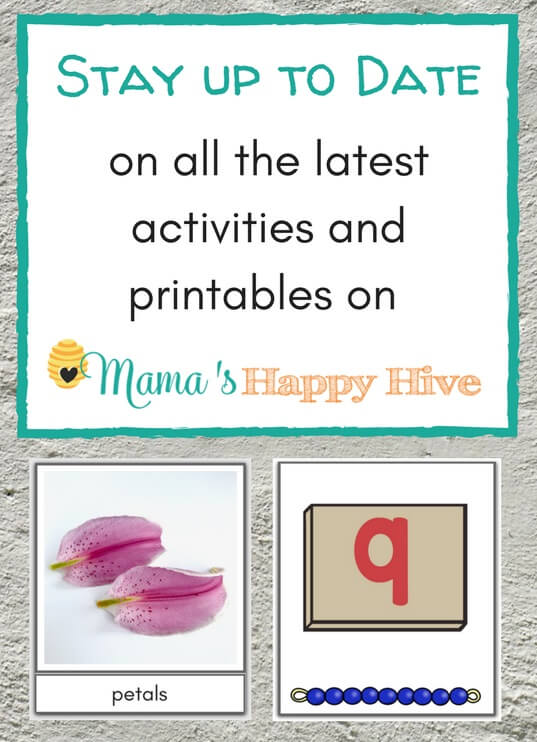How to Teach Your Toddlers To Eat Fruit and Vegetables
Life with toddlers is amazingly exciting. It’s a fantastic age of exploration and learning. But it can also be hugely frustrating for both parents and kids. Every mundane task can take hours and mealtimes can become a battle field. Your baby who happily shoveled every vegetable you presented into their mouth now refuses to eat anything other than macaroni cheese. And have you ever tried to give them something new and exciting?
There’s a high chance they’ll fling the offending item across the room.
So how can you help your toddler to eat a healthy and balanced diet?
My oldest son has a long long list of things that he “doesn’t like”. Egg plant, mushrooms, tomatoes. We live in Spain. We eat tomatoes every single day. He refuses to even try yucky slimy tomatoes.
It is beyond frustrating. I want to scream and shout, cajole and bribe. I want to force him to eat what is on his plate. I want to order him to eat it.
But it won’t do any good.
Should I stop presenting the things that he doesn’t like?
No. Actually it’s great to offer your kids variety. The more variety you offer them, the more variety they’re likely to eat.
Children do not like new things. New things are scary and strange and not to be trusted. (There’s a theory that fear of unknown foods is a survival instinct that stopped cave men toddlers from eating the wrong sort of red berries.)
In fact, most adults don’t like new things. What would you do if someone offered you a plate of crispy grass hoppers for lunch?
Of course, all children are different. Some children are happy to explore new things and some are much more resistant. There are lots of factors that come into play, your child’s personality, their intrinsic likes and dislikes, including whether they find texture an issue. Most children DO find textures an important aspect of their food. Very young children find woody textures such as cabbage uncomfortable and difficult to chew. Many children struggle with “slimy”, such as eggplant and mushroom.
Also kids confuse the word “like” with “I don’t know it”. They say “yuck, I don’t like it!” when they actually mean “I’m not familiar with it”.
So what can you do to help your toddler love healthy fruit and vegetables?
- Be Patient and Persistent. Don’t give up on healthy foods just because your kids aren’t keen. It is our job to teach our children to love healthy food. It is our kids job to stamp their feet and demand ice cream and chocolate all day. That doesn’t mean they get ice cream and chocolate all day.
- Don’t Expect them to Like New Food. Once you understand that they will not like new food, life becomes much easier. They probably won’t even touch it. That’s normal. Just don’t rely on it for everything they’re going to eat. Present it on the side, or have a healthy dessert to fill up their tummies. Lower your expectations and you’ll find your stress levels coming down as well.
- Don’t Pressure Them. You want to create a “safe eating environment”. The idea is that they try the new food willingly and learn to love it. If you force into trying it, there is a high chance that you’ll push them further away. Allow them to spit it out if they don’t like it.
- It Takes Time. Your aim is to get food onto the “accepted list”. It can take up to 15 times of actually trying a food to get on to the accepted list. It may take even longer if they’ve had a bad experience. You may also have to present it several times before they actually try it. Remember if you have a child who has made up their mind not to try something, it make take several years to get them to try a food 15 times.
- When it is Familiar they May not Like it. It can be difficult to untangle those cries of “I don’t like it”. To begin with, it means they aren’t familiar with it. Once they are familiar with it, they may like it, but they may not. That’s fine, there are plenty of healthy vegetables to choose from, they don’t have to like all of them.
- “You Don’t Have to Eat It!” I think I must say it about 20 times every meal. Food seems to offend my children just by being in close proximity to them (sometimes it’s not even on their plates). Reassure them that they don’t have to eat it and teach them to leave it politely on the side of their plate. (This will also take time.)
- Small Portions. Big and scary is more intimidating than small and scary. Start with a tiny tiny bit. If they don’t touch it, you haven’t wasted much. If they do like it, they can always have more. I use this trick for making soup. (In my children’s eyes, all soup is different as I never follow an exact recipe.) I serve it in a small cappuccino cup, which is actually a reasonable portion for a small child.
The keys to teaching your toddler (or any child) to love healthy foods are really to keep presenting healthy foods and to be persistent and patient.
One day, they might just decide to try that strange red salad object. They might just decide that they aren’t as slimy or unpleasant as they thought. They might just decide that they are really tasty.
You might just find yourself with an 8 year old who picks out the tomatoes from the salad because he actually likes them and wants to eat them. They are now on his “accepted list” and he enjoys eating them.
Egg plant and mushrooms are not on the accepted list and I suspect they never will be but that doesn’t mean I’m going to stop cooking them. He is welcome to leave them without even trying them. But he enjoys enough of the other fruit and vegetables and I know that he eats a healthy diet.
Once you realize that presenting new foods to children is a process rather than a one off occasion, you’ll find it much less stressful. Your children may still be frustrating but you won’t expect them to try the new food. But you will keep presenting it so that eventually they’ll make up their minds whether they truly like it or not.

Dr Orlena Kerek
Dr Orlena Kerek is a paediatric doctor. She is the creator and producer of SnottyNoses, a family and parenting site. She is passionate about promoting a healthy lifestyle in children, especially healthy eating habits.
She has published a book Crunch! about how to help your children eat a healthy diet and her second book on feeding toddlers is due out at the end of August 2016. It will be offered free for 3 days at the start of the launch, so sign up if you’d like to be reminded nearer the time.




Being consistent is so important. Involving kids in grocery shopping, prepping meals, and even planning which recipes to make for dinner are all great ways to expose kids to new foods. Plus, there are so many fun learning activities that are related to cooking!